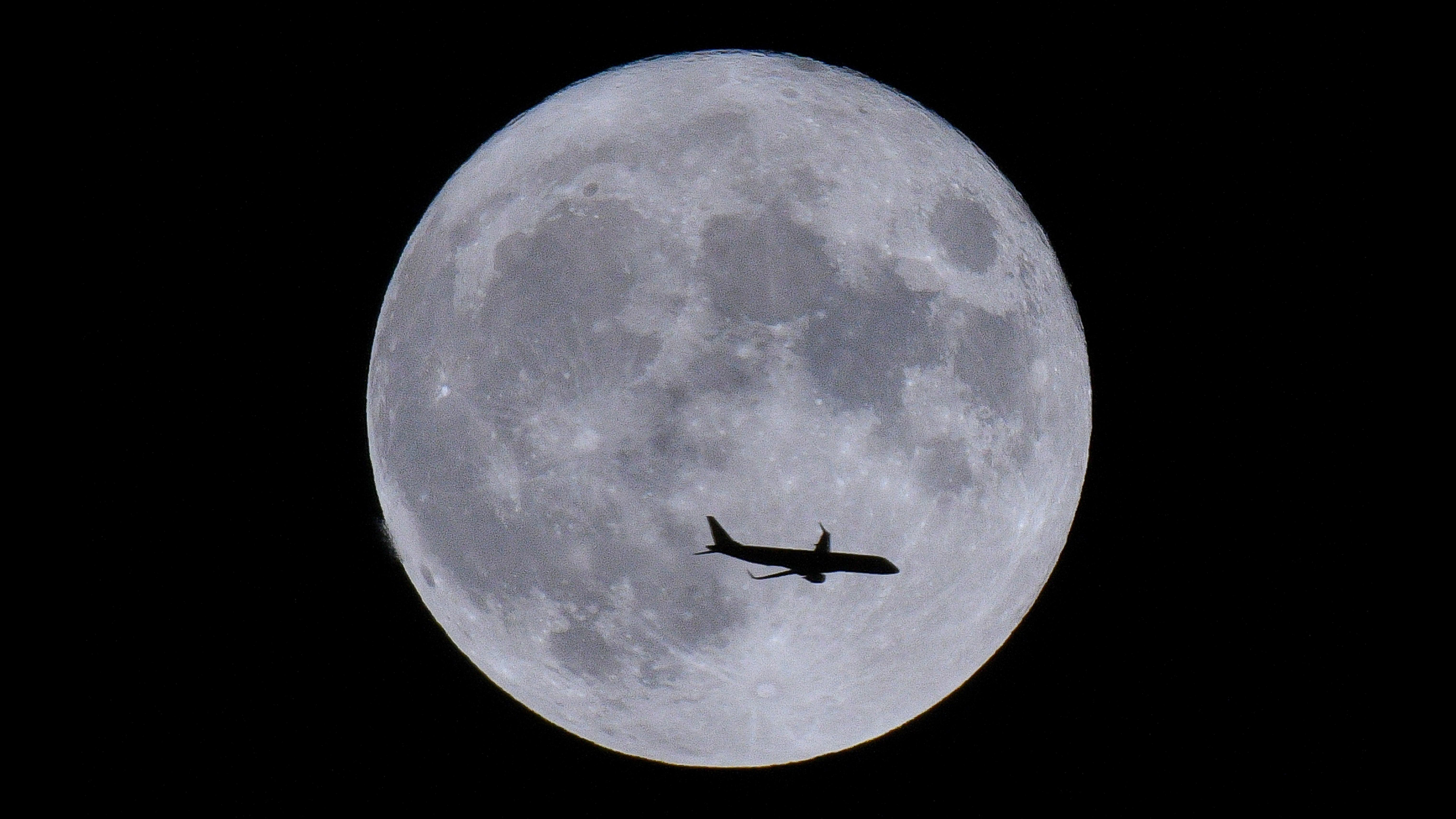The best selfie camera: cameras and camera phones that put you first!
The best selfie cameras have front facing screens so that you're the star: we pick the cameras that make you look good!
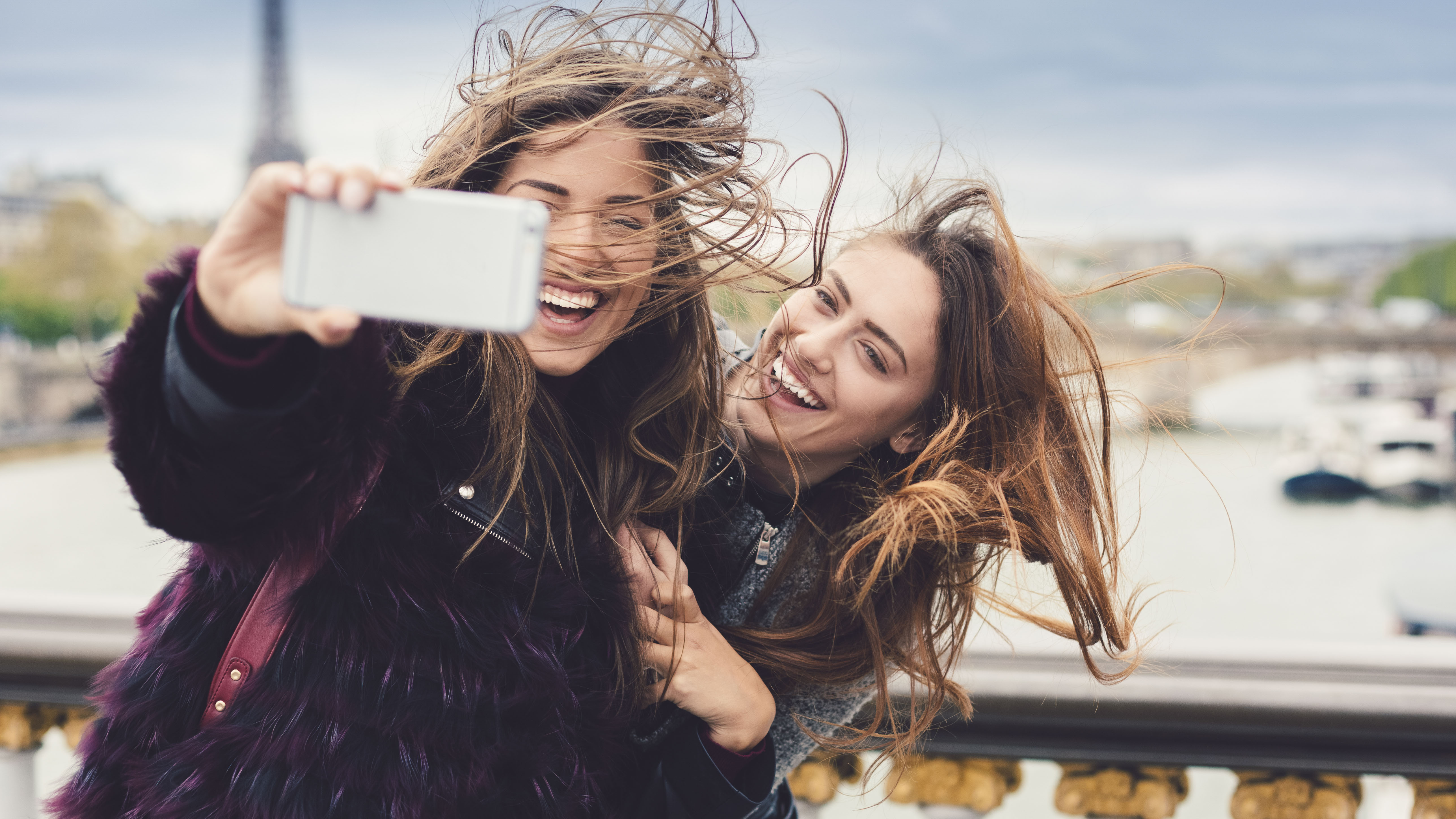
The best selfie camera can be a smartphone, a compact, a mirrorless camera or even a DSLR! While we normally associate selfies with phones, if you expand your thinking a little, there are all sorts of cameras that can be fantastic for selfie-taking, as many contemporary cameras are equipped with flip-around screens. Plus, with camera prices getting more competitive, they can be considerably cheaper than a top-of-the-line smartphone.
As dedicated cameras tend to have larger sensors than smartphones, they have a number of advantages when it comes to selfie-taking, not least of which is low light performance. It's also easier to create images with a stylishly blurred background – the kind that smartphones take great pains to simulate with Portrait modes. All you need is a lens with a reasonably large maximum aperture.
We have included our favourite selfie-taking smartphones in this guide, as we know those are what a lot of people will be using, but we've also included a range of options in fixed-lens compacts, and in interchangeable-lens cameras like mirrorless and DSLR models. We've split the guide up into sections to make it easier to navigate, and made sure to include options for a range of budgets.
So with all that said and done, let's get started with our breakdown of the best selfie cameras available right now!
The best selfie cameras
Why you can trust Digital Camera World
Camera phones
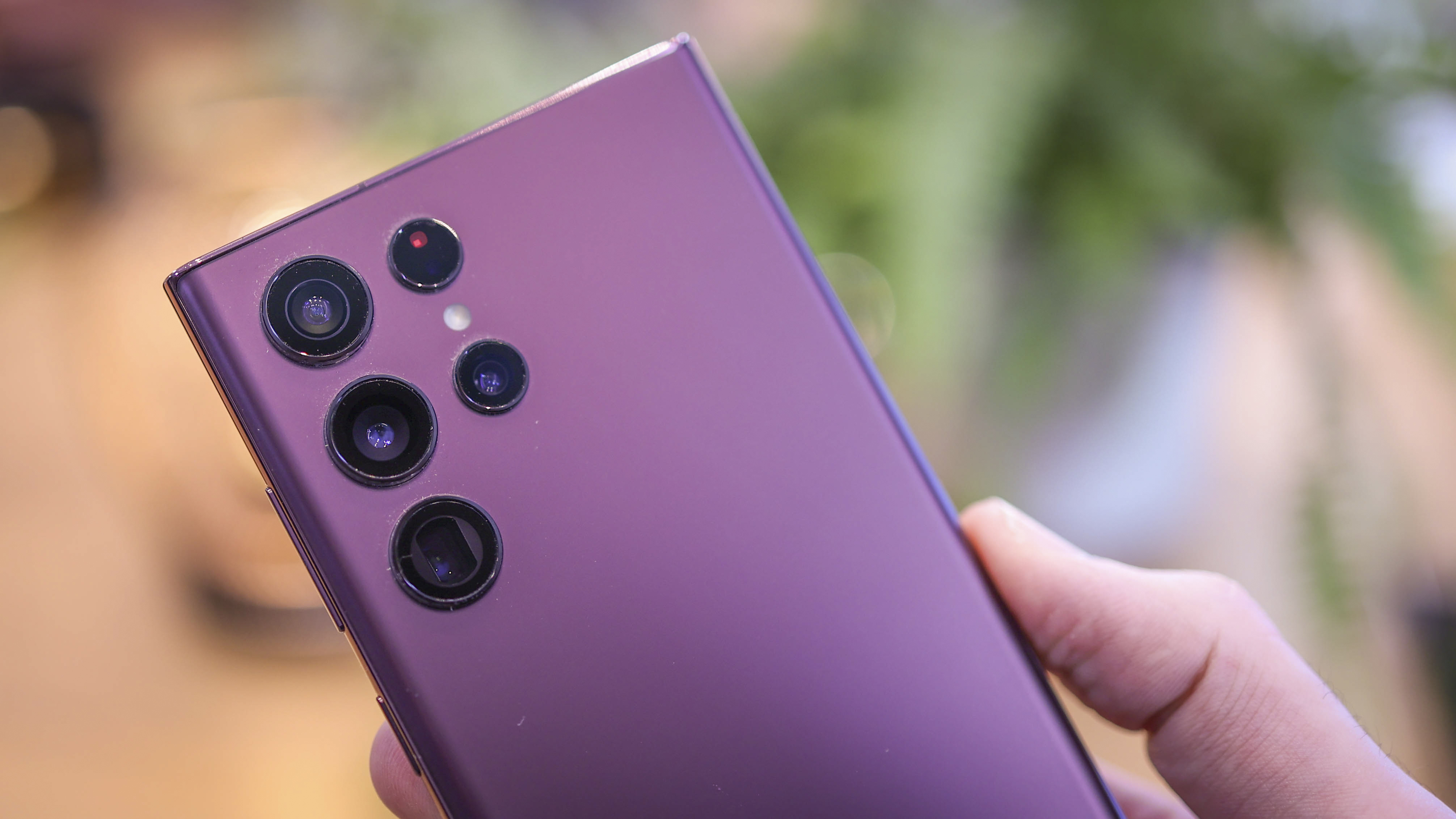
Specifications
Reasons to buy
Reasons to avoid
Smartphone manufacturers are all leapfrogging ahead technologically in an attempt to outdo each other, but even amidst this crowded field, the 40MP selfie camera on the Samsung Galaxy S22 Ultra really does stand out as exceptional. While having this many pixels doesn't automatically make the images better of course, what it does is radically extend your versatility. Now, you can do a 100% crop into an image taken with your phone's selfie camera, and still have an image that's not only useable, but downright decent-looking.
The S22 Ultra also packs in a powerful neural processor unit, which makes it run fast and unlocks the ability to shoot 16-bit RAW files. A smart feature also helps you reframe footage to make sure everyone in the group is in the selfie, and there's a bevy of shooting modes to help you capture all sorts of different sights and scenes. The phone is big, and so's its price tag, but it's one of the best phones for selfies ever made.
Read more: Samsung Galaxy S22 Ultra review
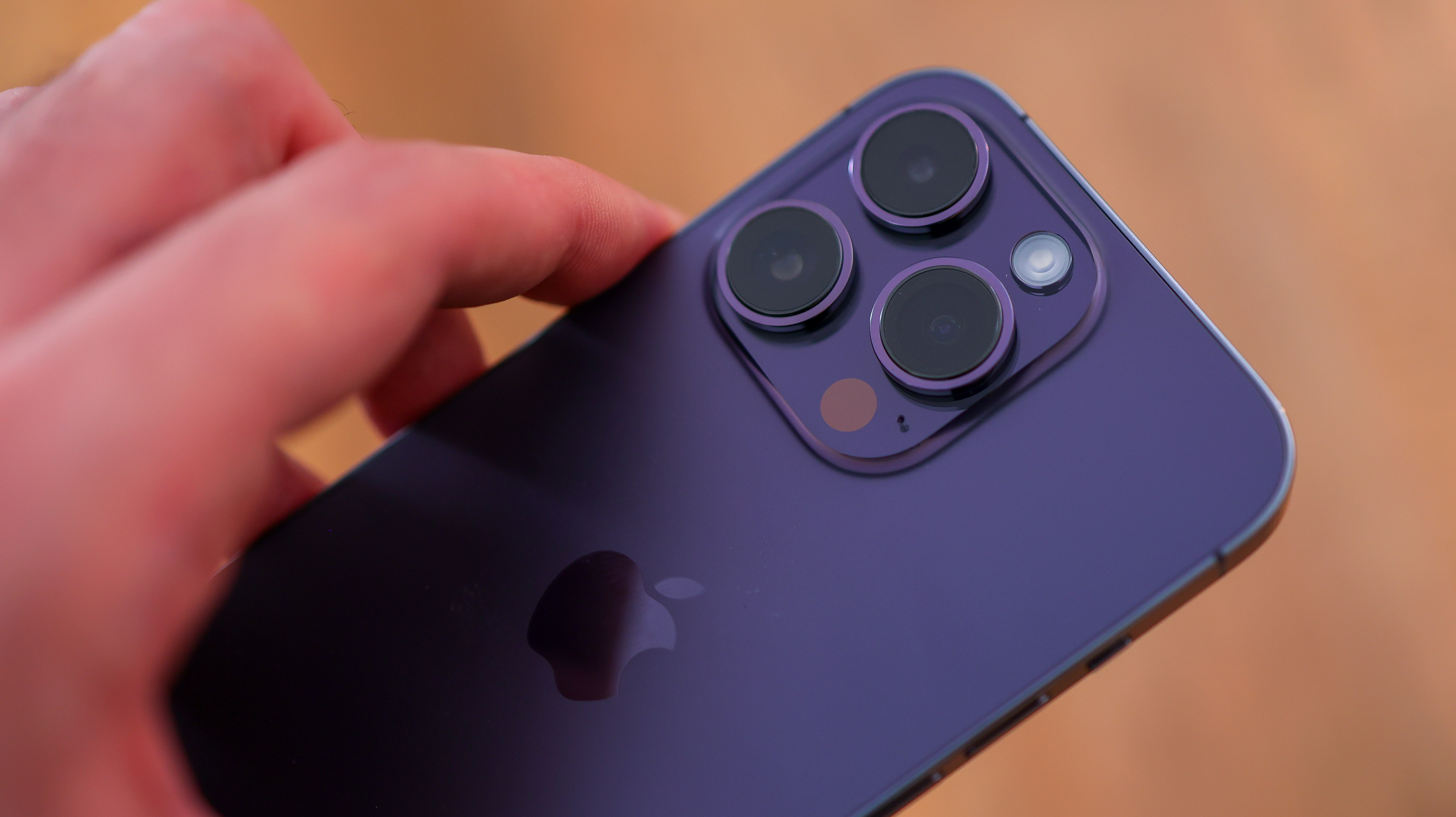
Specifications
Reasons to buy
Reasons to avoid
The iPhone 14 Pro is a compact version of the iPhone 14 Pro Max with a smaller 6.1-inch screen making it much easier to hold for selfies (especially if you also own one of the best PopSockets!). It still benefits from a 12MP f/2.9 front-facing camera which is perfect for taking beautiful, high-quality selfies as well as a 48MP main camera, a 12MP ultra-wide camera and a 12MP 3x telephoto zoom.
The big jump from a 12MP to a 48MP camera is what makes the pro version so much more appealing - it's by far the best-specced iPhone ever when it comes to photography and even the front-facing camera has better depth recognition when shooting close up. Apple finally introduced a larger 1/1.28-inch sensor in 2022 which makes it even better in low light and beats the Samsung Galaxy S22 Ultra's 1.133-inch sensor.
To protect the lenses, they are covered in a sapphire crystal cover protection and and a built-in Lidar scanning makes night-mode portraits even better. It's one of the best iPhones for photography and certainly one of the best for selfies and you don't get that fake airbrush effect.
Compact cameras

Specifications
Reasons to buy
Reasons to avoid
The Canon PowerShot G7 X Mark III has made a name for itself as one of the most capable and affordable vlogging cameras around, so of course it's also great for selfies. The useful touchscreen monitor flips around 180-degrees, making to compose and focus your shots on the go.
The combination of a 1-inch sensor (larger than you'd generally find in a compact of this type) and a lens with a maximum aperture of f/1.8 means the G7 X Mark III is much more capable in low light than many of its rivals, as we found when we gave it a full review. Producing impressive, punchy images straight out of camera, this is a tremendous option for keeping in a pocket and taking wherever you go.
Read more: Canon PowerShot G7 X Mark III review
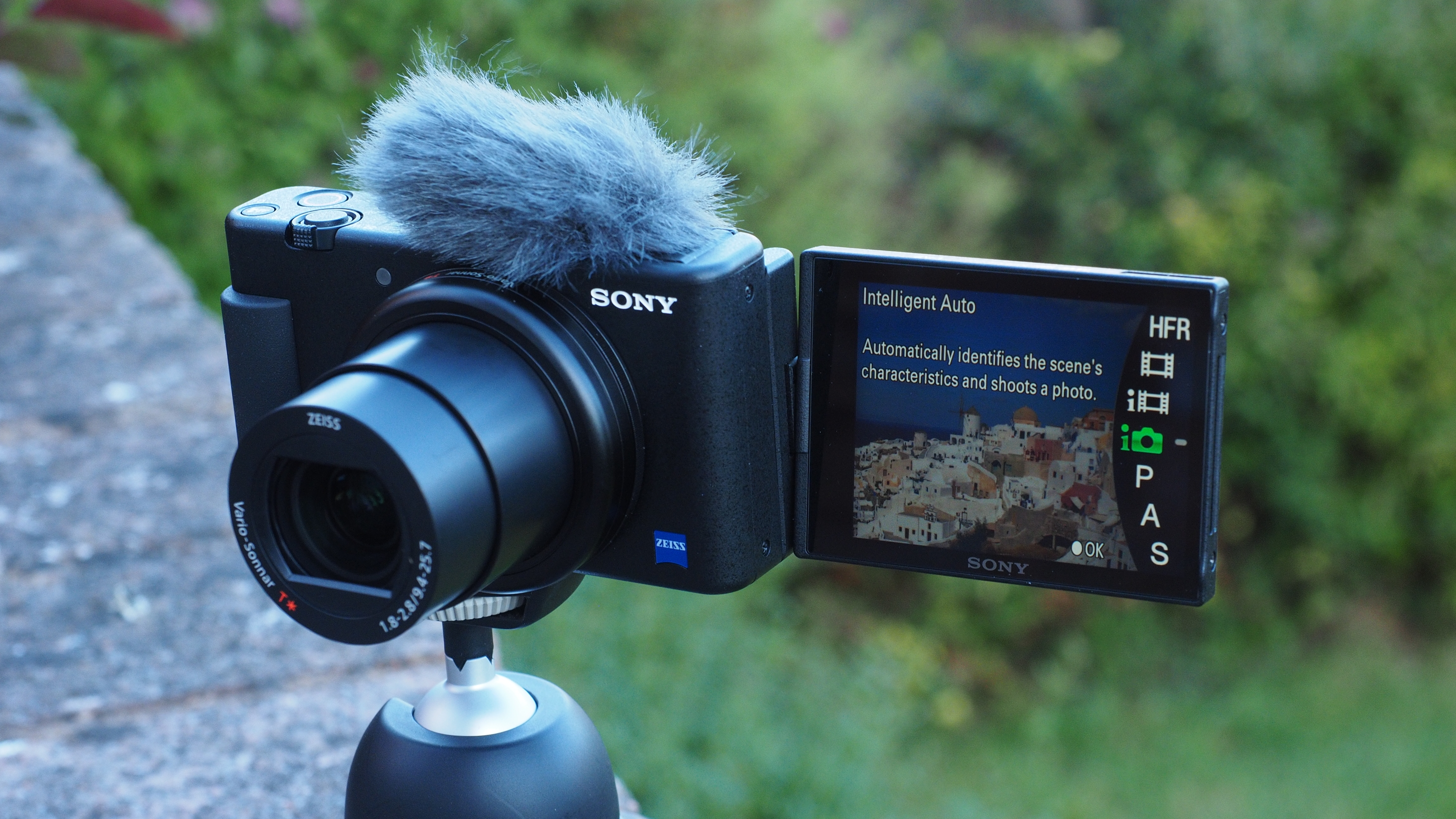
Specifications
Reasons to buy
Reasons to avoid
Although aimed at vloggers, the Sony ZV-1 with its 3-inch vari-angle touchscreen makes it really easy to take selfies. It might look like another variant from the RX100 range but in reality, it does so much more. Benefitting from a 24-70mm zoom range and an aperture of f/1.8 - f/2.8 even when shooting in low light you'll be able to get a good snap!
It comes with SteadyShot active stabilization and although it isn't the best stabilization we've ever used it does help. The Autofocus is fast and accurate, you can record 4K video and it has a built-in mic so you don't have to run out and invest in one of the best microphones straight away (unless you want to of course!). With a 20.1 megapixel CMOS sensor, a max burst rate of 24fps and WiFi and Bluetooth connectivity, you could take selfies on the camera and send them directly to your phone to edit and upload to your favorite social media platform.
Read our full Sony ZV-1 review for more details
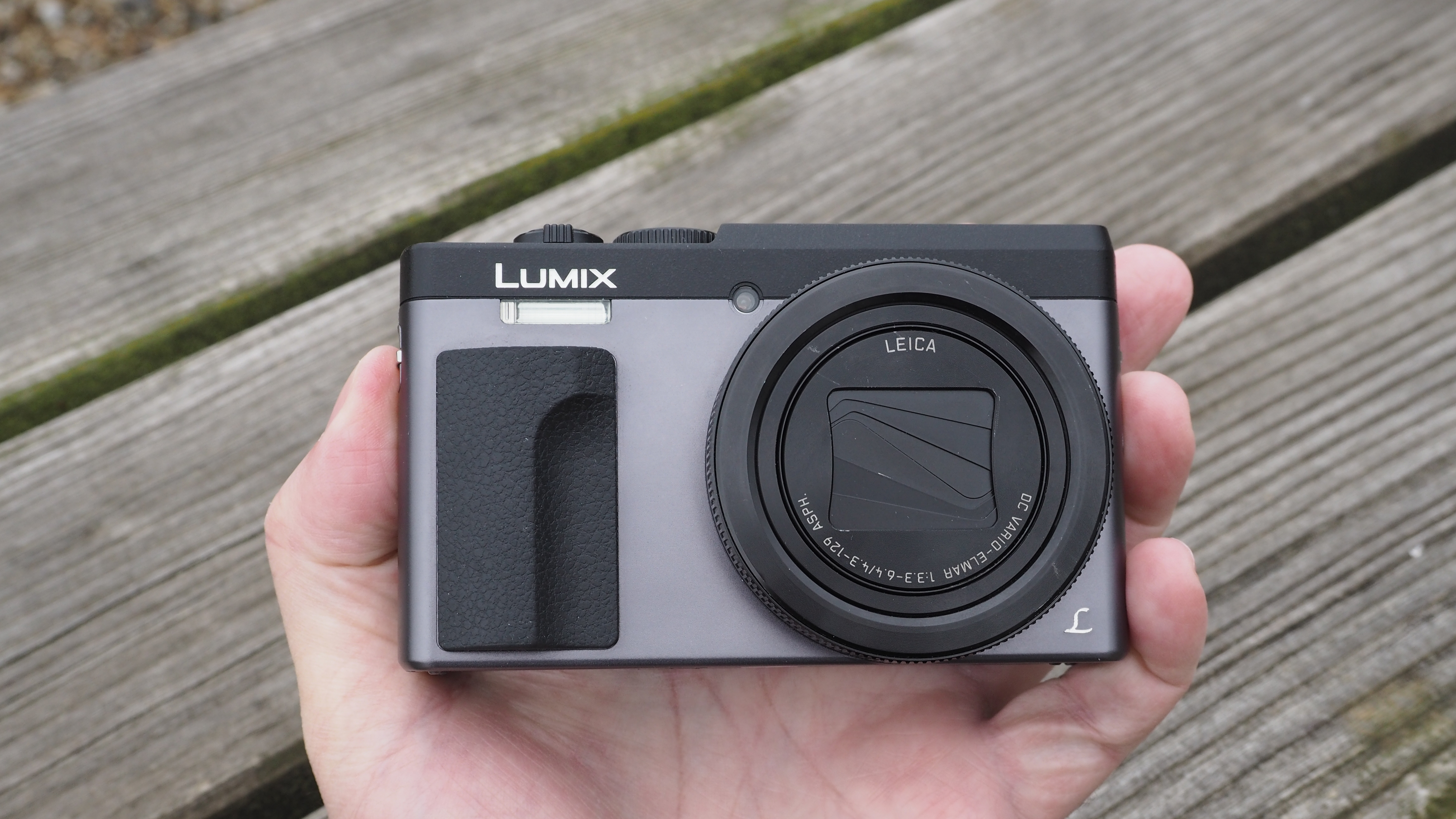
Specifications
Reasons to buy
Reasons to avoid
The ZS70, known as the TZ90 outside North America, is unquestionably one of the smartest cameras around for selfie shooters. Flip the touchscreen around to face the front and you’re presented with a range of controls, such as the option to soften skin, activate a slimming mode or choose between blurring the background and keeping it sharp. There’s a Buddy Shutter option that captures the image as soon as you and a companion bring their faces together, and if you’re some distance away from the camera you can even trigger the exposure by simply waving your hands across your face.
Together with 4K video recording, a built-in viewfinder and a mammoth lens equivalent to 24-720mm, the Lumix ZS70 is fit for whatever you want to throw at it, and the fact that there have been plenty of successors like the Lumix TZ200 means it can be picked up for a bargain price.
Read more: Panasonic ZS70 review
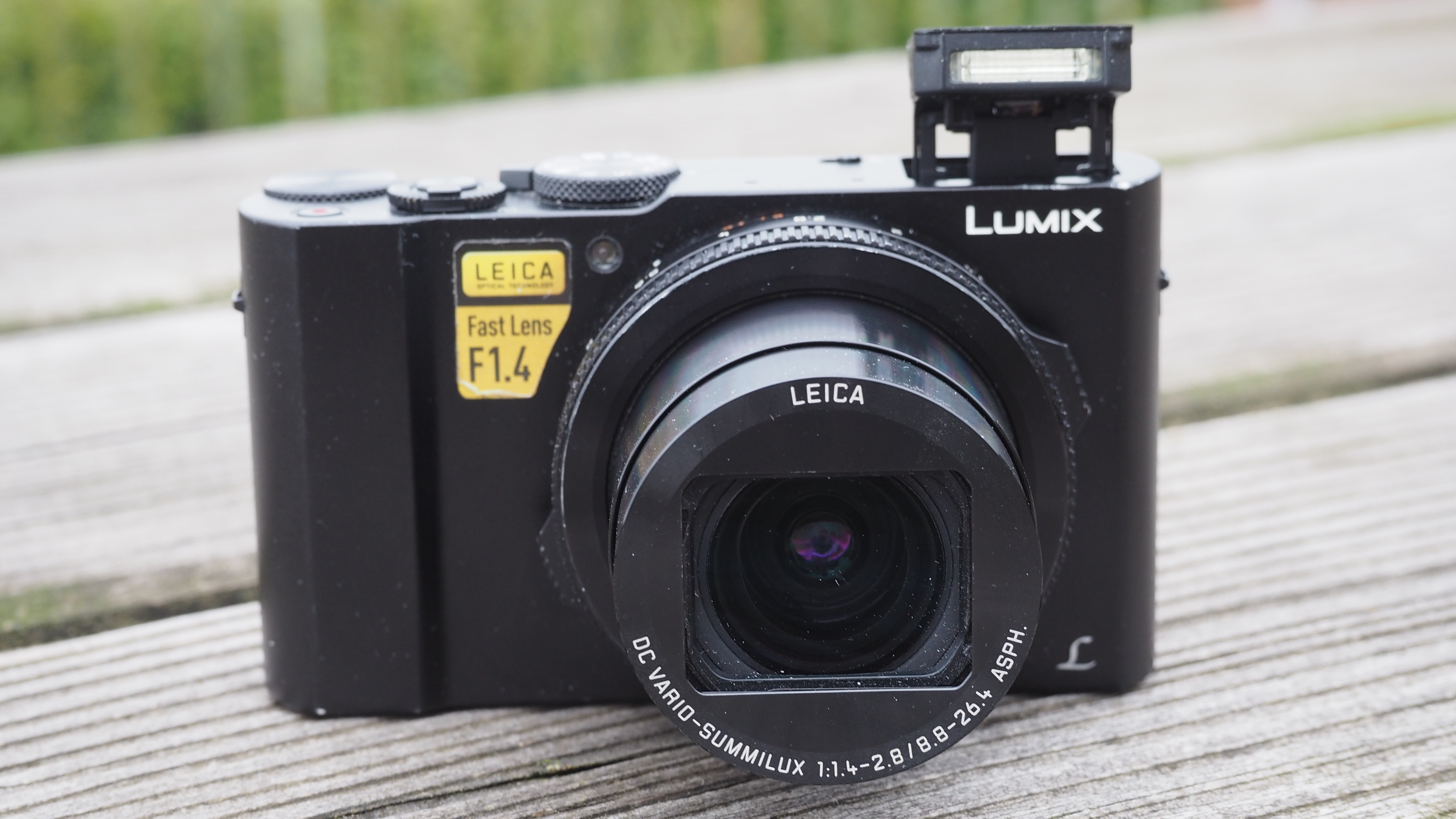
Specifications
Reasons to buy
Reasons to avoid
With its tiny body, flip-up touchscreen and a range of selfie modes such as Soft Skin and Slimming, the LX15 (also known as the LX10 in some places) has plenty of appeal for those wanting to capture themselves with ease. And that's all before you get to the guts of the camera, which themselves are pretty solid: a large, 1in sensor, 4K video recording, and a lens that has a bright aperture of f/1.4 at the wide end, to help with blurring backgrounds and low-light shooting.
We didn't find too many things to criticise when we brought this camera in for a full review. Sure, there are rivals with viewfinders, but if you're mostly shooting selfies, you don't need one. The fact that it has a relatively short zoom lens might put some off, but this does at least help it to remain pocketable.
Read more: Panasonic Lumix LX15 review
DSLR and mirrorless
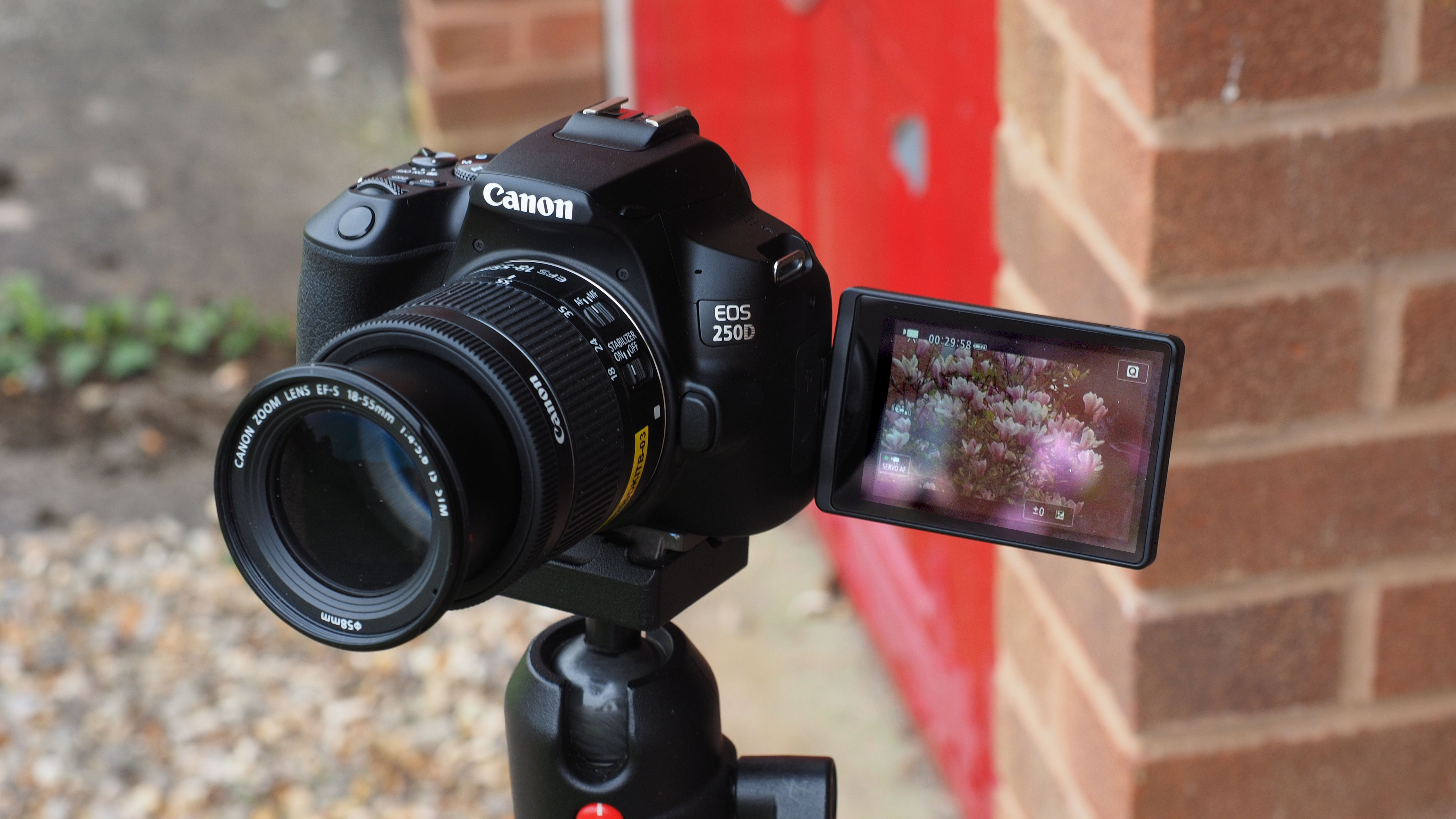
Specifications
Reasons to buy
Reasons to avoid
This isn't the cheapest DSLR you can buy by any means, but very often it's worth paying a little extra money to get a much better range of features – and this is the perfect example. The EOS Rebel SL3 (aka EOS 250D) has Canon’s top-of-the range APS-C sensor with 24.1MP of resolution and brilliant Live View shooting, thanks to a fully-articulating touchscreen display and Canon's fast Dual Pixel CMOS AF autofocus.
In fact, we’d actually say this is one of the only DSLRs where composing shots with the screen is downright preferable to using the viewfinder. Canon also packs in 4K video and Wi-Fi and NFC connectivity, wrapped up in the smallest DSLR body you'll ever see. For selfies you can just flip the vari-angle touchscreen round to the front and focus and shoot just as fast as any mirrorless camera can.
Read more: Canon EOS SL3 / Canon EOS 250D review
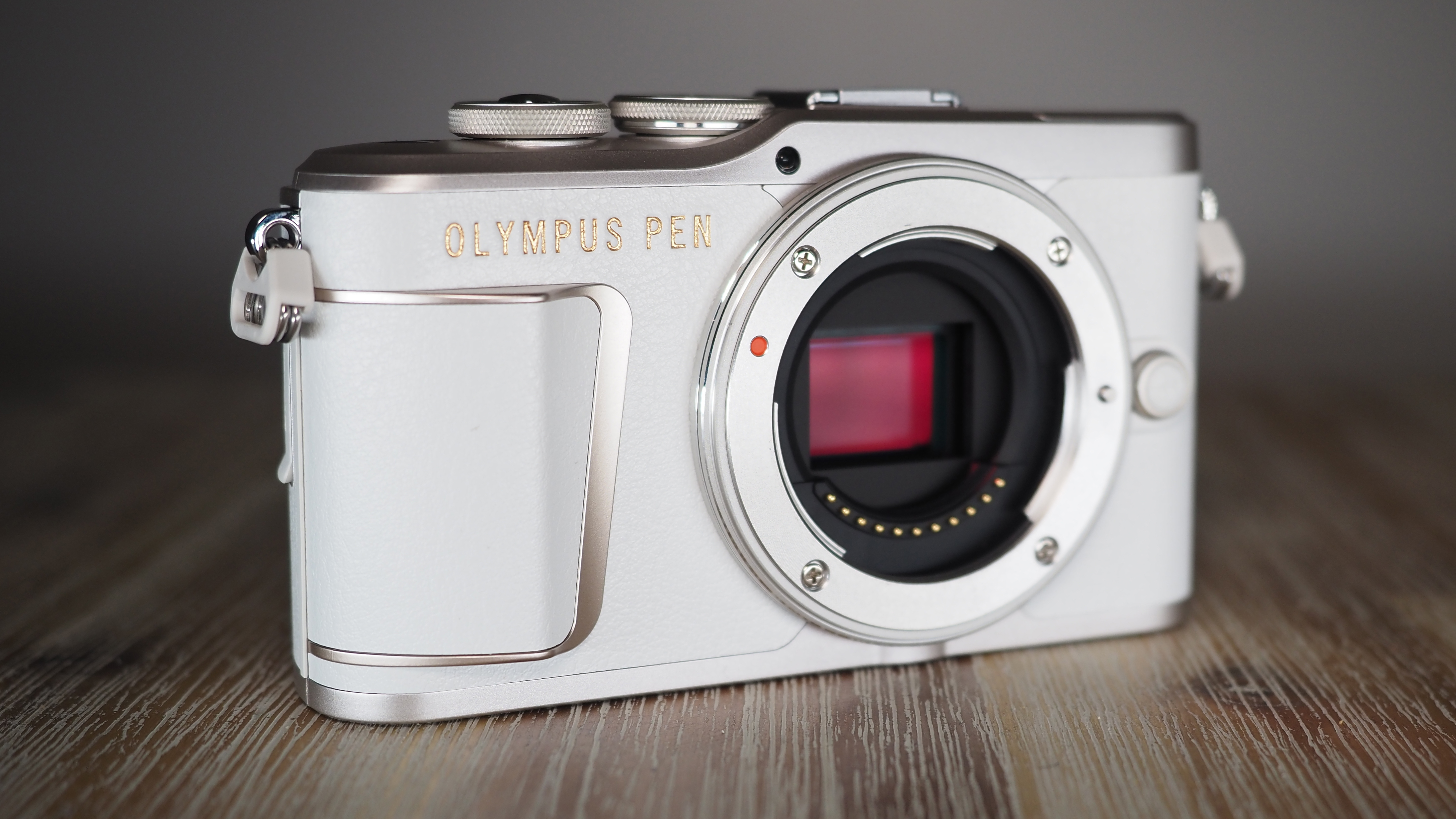
Specifications
Reasons to buy
Reasons to avoid
The stylish Olympus E-PL cameras have been overtly designed to tempt younger, fashion-conscious users away from photographing with smartphones, and as such the latest E-PL10 is of course is equipped to take a good selfie. Its 180° tilting screen provides lots of rich detail, while the images it produces are easily superior to most smartphones, and to be honest they're on par with a lot of larger-sensor DSLRs and mirrorless cameras that supposedly outpace it.
Designed with retro charm, and coming with a range of useful accessories, the Pen E-PL10 is a seriously powerful camera hiding behind an exterior that's all style. Olympus hasn't changed this formula much over the years, meaning the older E-PL9 is also worth considering, if you can find it.
Read more: Olympus PEN E-PL10 review
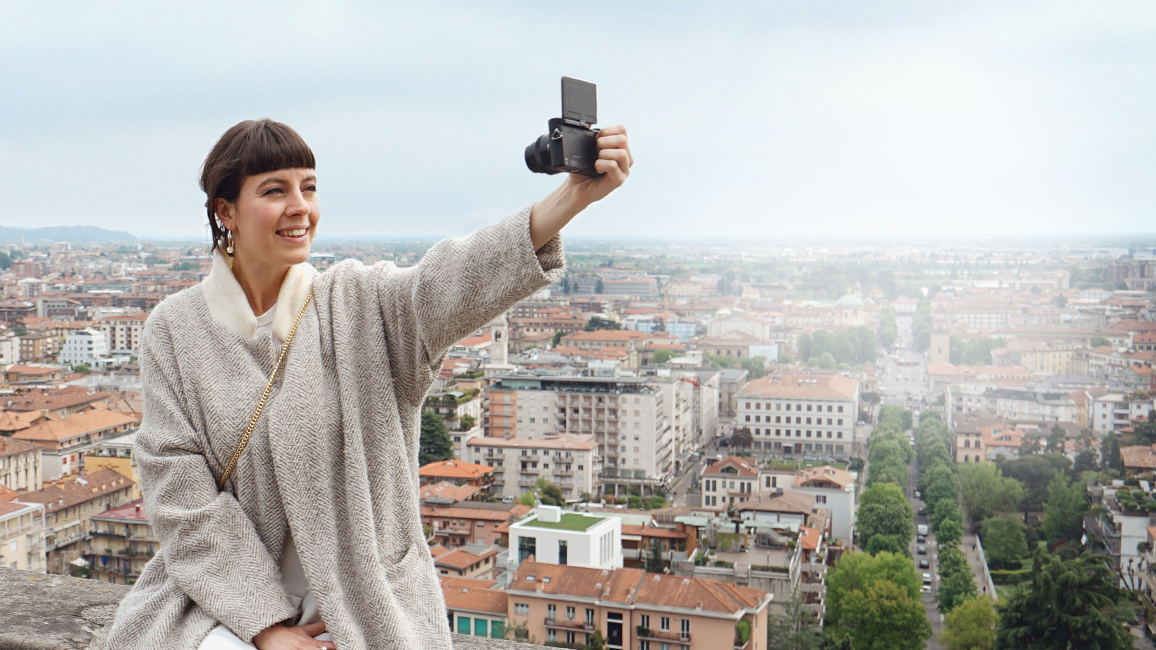
9. Panasonic Lumix GX880
Specifications
Reasons to buy
Reasons to avoid
A minor refresh of the previous Panasonic Lumix GX800 (GX850 in the US), the Panasonic Lumix GX880 is a stylish, selfie-oriented mirrorless camera that is small enough to take pretty much anywhere with you. With a Micro Four Thirds lens mount, there's no shortage of lenses to choose from, and the flip-around screen makes it easy to capture selfies and vlogs wherever you go. It has the Face Shutter and Buddy Shutter features we've seen on other Panasonic cameras, and there's also a Night Mode for evening selfies. Bear in mind that this camera currently not available in the US, having only been released in Asia and Europe, so US readers should potentially consider the previous entry, which uses the same sensor and lens mount.
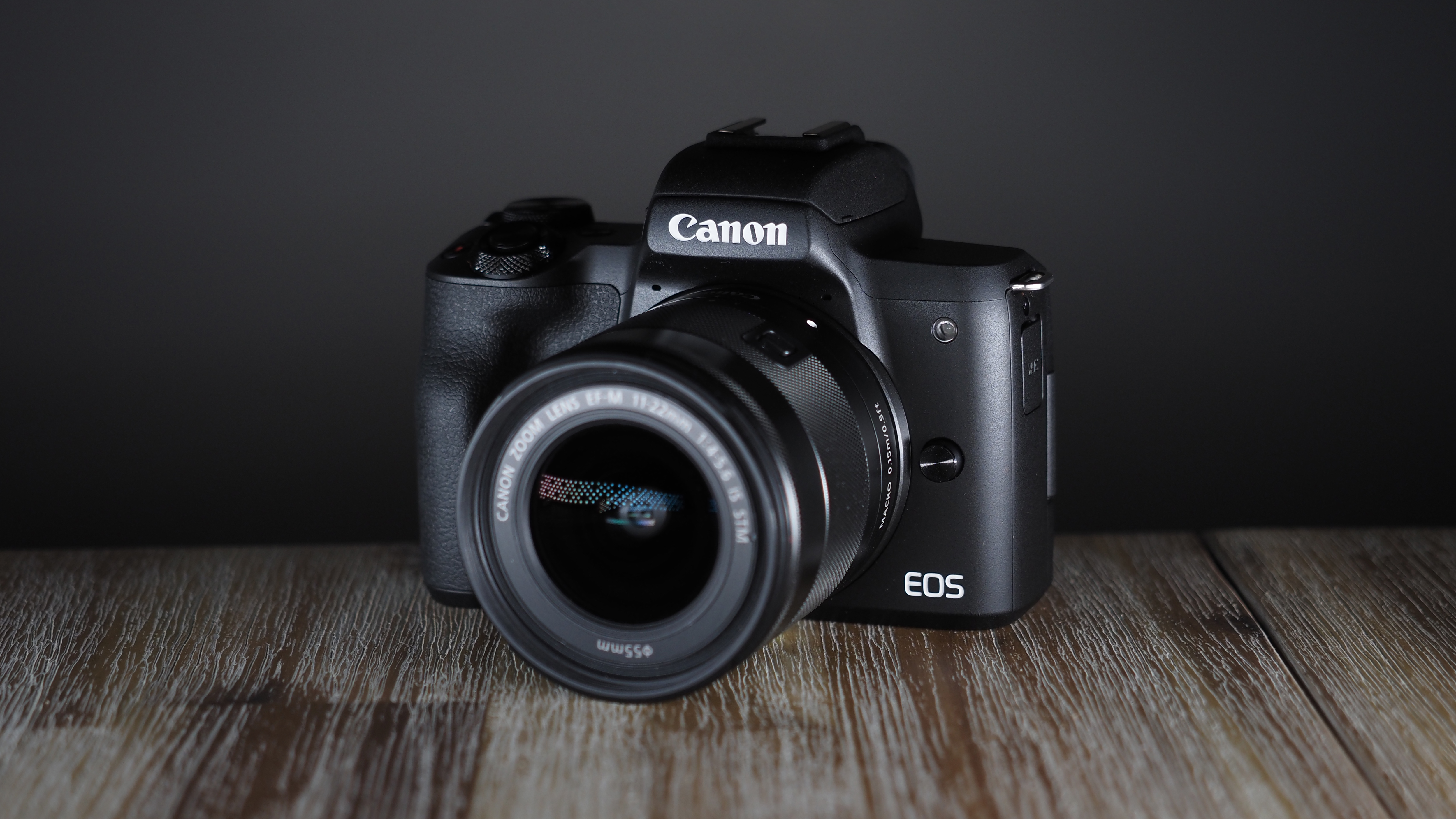
Specifications
Reasons to buy
Reasons to avoid
The Canon EOS M50 Mark II has a lot to like for selfie lovers. It's a capable little mirrorless camera that produces sharp, punchy images, and its flip-around screen makes self-takes a breeze. It also has a lot of impressive video features, like a clean HDMI out and vertical video format, which make it great for vloggers. It's not a huge advance over the original EOS M50, and the 4K video is somewhat compromised, but it's a good choice in its own right.
There is one thing to note though – the recent introduction of the Canon EOS R10, a mirrorless camera in the flagship RF series with an APS-C sensor, for less than $1,000, has rendered the future of the EOS M series a little uncertain. Canon hasn't confirmed yet where the EOS M series is headed, but the EOS M50 Mark II is still a solid camera in its own right.
Read more: Canon EOS M50 Mark II review
How we test cameras
We test cameras and smartphones both in real-world shooting scenarios and in carefully controlled lab conditions. Our lab tests measure resolution, dynamic range and signal to noise ratio. Resolution is measured using ISO resolution charts, dynamic range is measured using DxO Analyzer test equipment and DxO Analyzer is also used for noise analysis across the camera's ISO range. We use both real-world testing and lab results to inform our comments in buying guides.
Read more:
• So you want the best selfies? Then check out the best camera phones right now
• These are the best cameras for beginners right now
• Going on a trip? Here the best travel cameras to take with you
• If cash is tight, check out the best budget camera phones
• The best camera for Instagram
Get the Digital Camera World Newsletter
The best camera deals, reviews, product advice, and unmissable photography news, direct to your inbox!
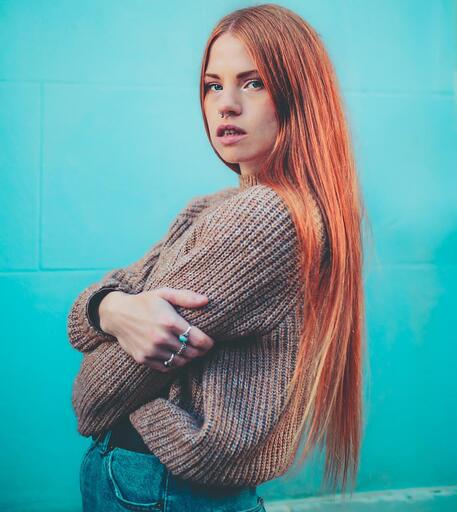
Having studied Journalism and Public Relations at the University of the West of England Hannah developed a love for photography through a module on photojournalism. She specializes in Portrait, Fashion and lifestyle photography but has more recently branched out in the world of stylized product photography. Hannah spent three years working at Wex Photo Video as a Senior Sales Assistant, using her experience and knowledge of cameras to help people buy the equipment that is right for them. With eight years experience working with studio lighting, Hannah has run many successful workshops teaching people how to use different lighting setups.
